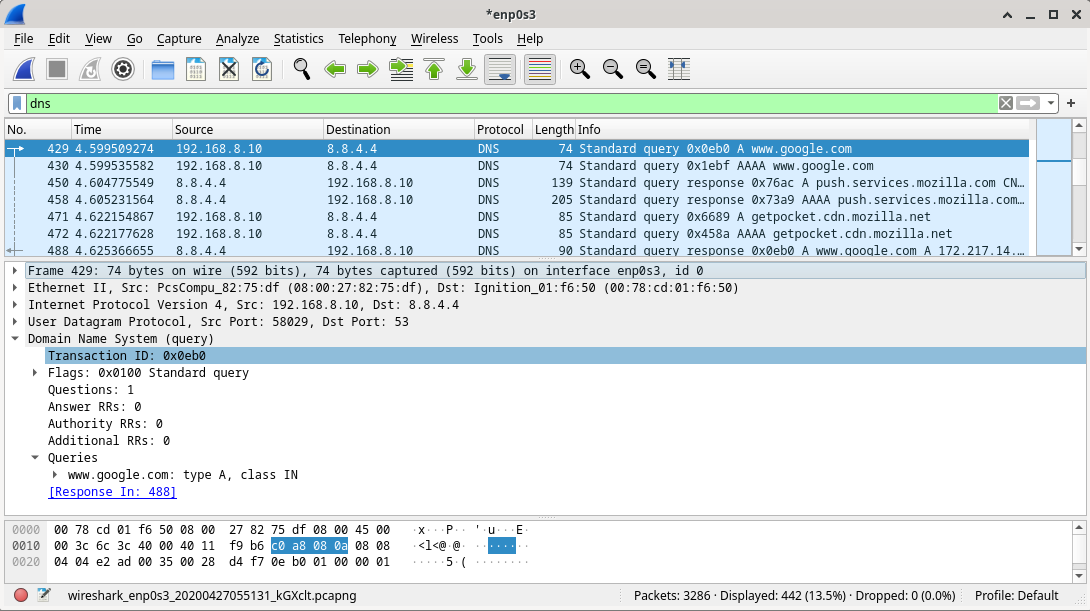

That will get you a pcap file you can easily download from the same web GUI with everything in it. On the FortiGate unit run a sniffer packet capture on the LAN and WAN. There are some basic instructions in the cookbook however for how to do what it's capable of, but it's far easier to setup & run the sniffer from the web interface like this. This is something that wireshark reports to us, our computer has completely. If you want the actual packets, you will need a unit with local storage, and it's a little convoluted to do it from CLI. If you're just connecting from a regular linux terminal, you can do that with tee.Ĭheck the docs and/or search around to see how it's done for whatever particular terminal emulator you're using. If you literally just want the sniffer output as it appears in the CLI console, then you don't need anything special to do that - you should be able to just tell your terminal emulator to log the session to a local file on your workstation. To answer this question though it depends really on what you want Lighter models like the 30E and such can't do anything like that. Using a small number makes it easier to read the packet captures, as opposed to looking at a large number (since 32-bit ISN can be anything from 0 to 4.2 billion).
To enable packet capture in the CLI: config firewall policy editYou can enable the capture-packet in the firewall policy. If you want the Fortigate to store anything locally, your Fortigate unit has to be a model that has local storage. To use packet capture, the FortiGate must have a disk.


 0 kommentar(er)
0 kommentar(er)
